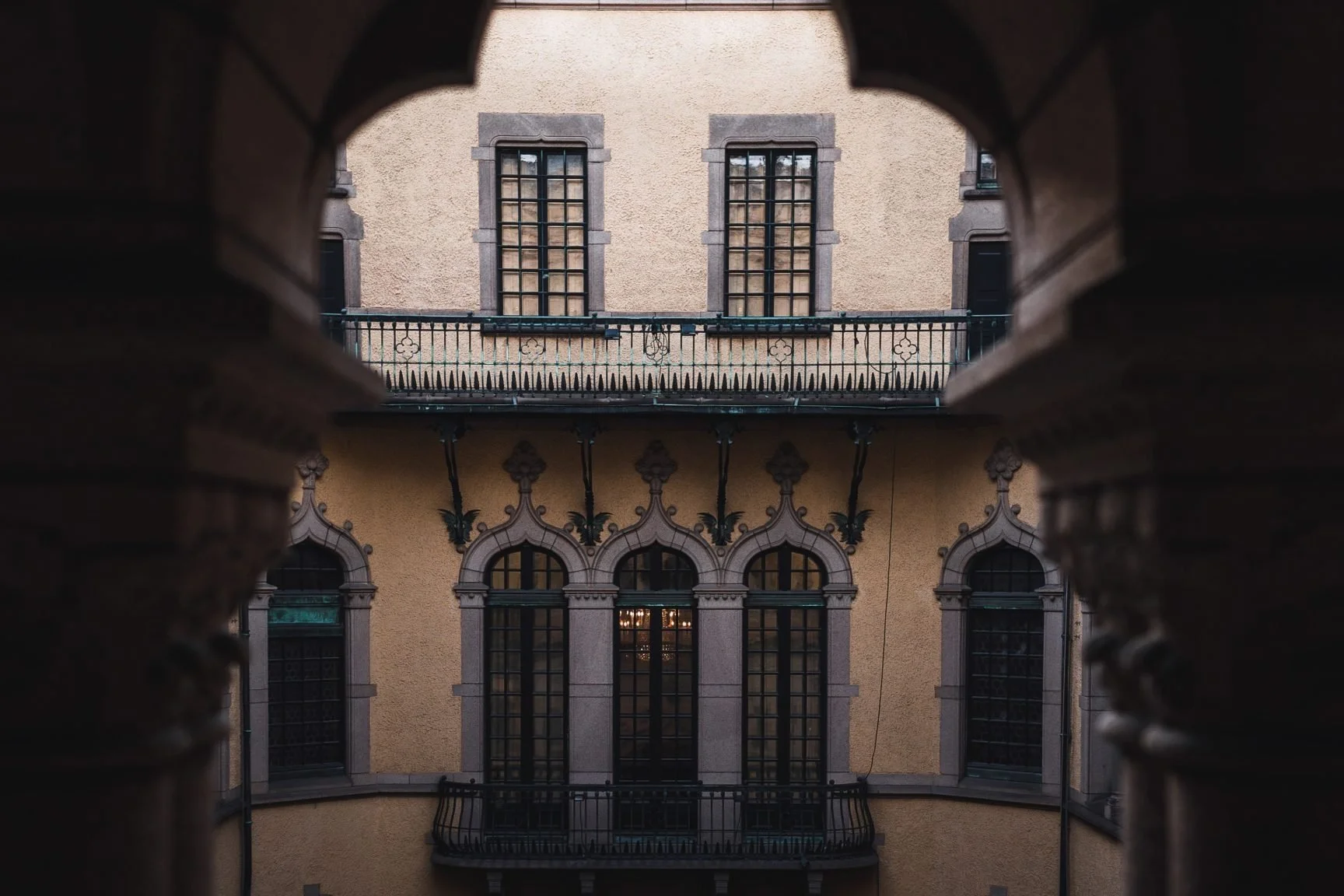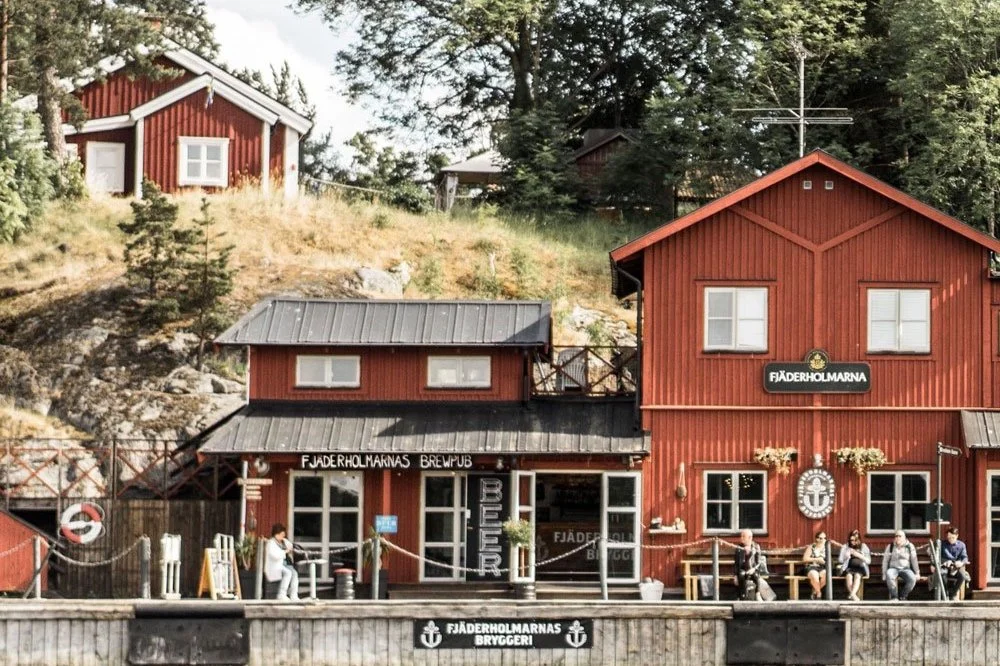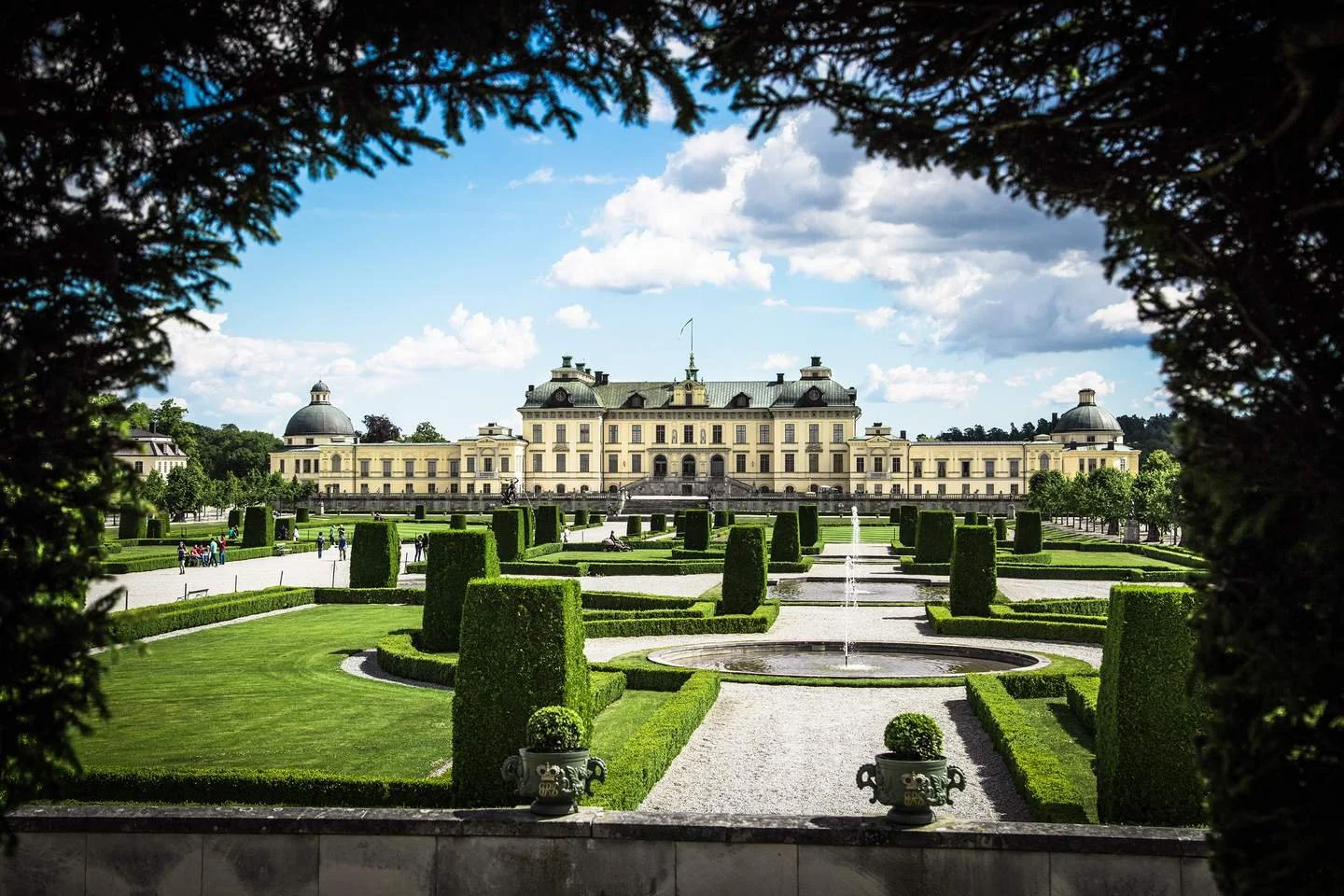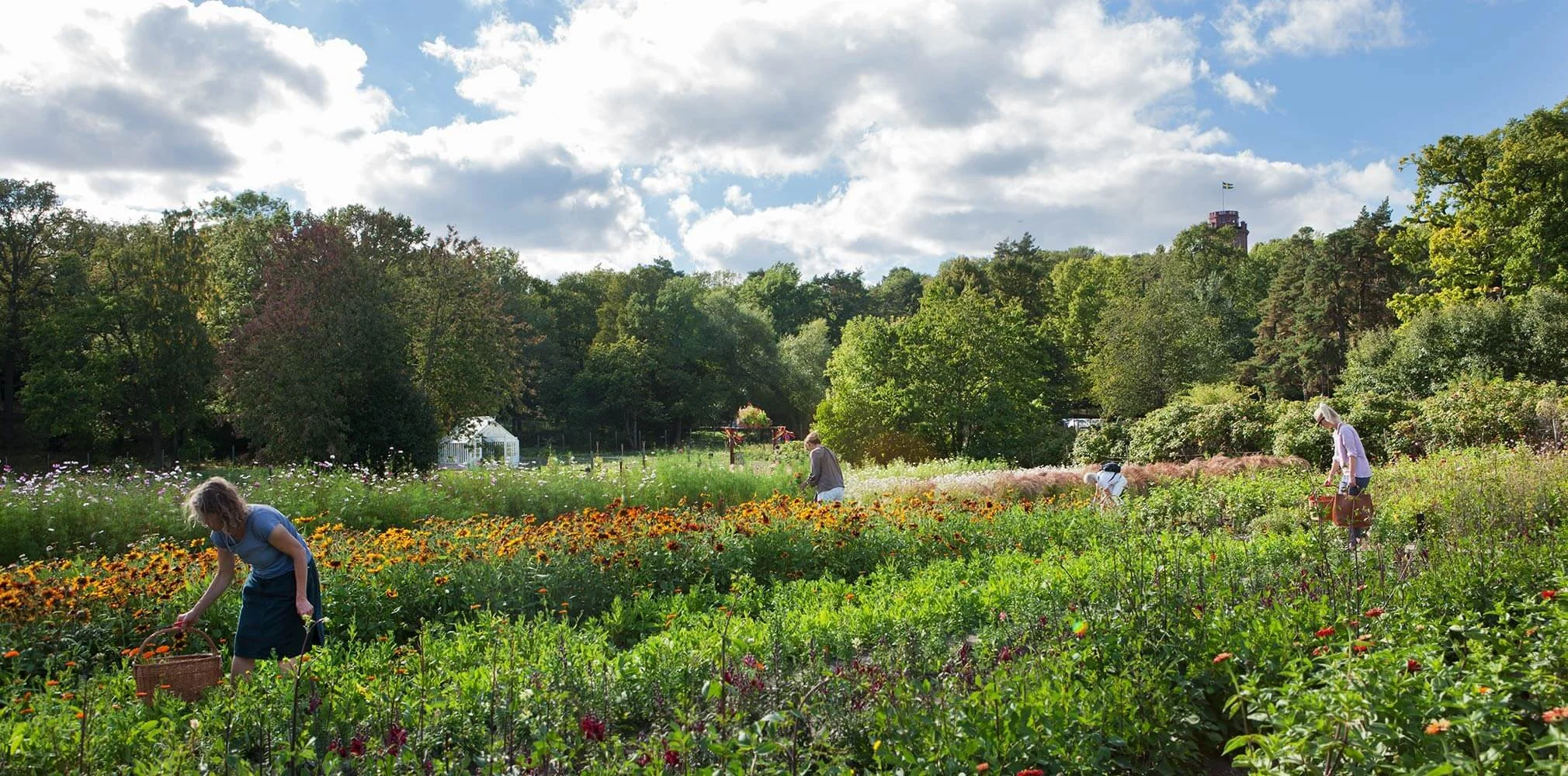Touristy Stuff
We think Stockholm is the most beautiful city in the world. That’s why we want to recommend our personal favorite “touristy stuff,” certified by the board of SWF25. These represent a few sights that go beyond “the usual suspects,” like the Vasa and Old Town (although they’re great, too.)
Here’s hoping you get to see them for yourself when you’re not in Historiska Museum, one of our other top spots.
Hallwylska Palatset
This place is not only beautiful, it offers a perfectly preserved view on how wealthy Stockholmers lived in the 1900s. A private house inhabited until 1930, it has since become a state-owned museum which is now part of the National Historical Museums. Hallwylska Palatset also offers exhibitions on art, fashion and culture. It’s a gem hiding in plain sight in Östermalm. See it yourself and get inspired.
Fjäderholmarna
Stockholm’s nickname “the Venice of the North” rings very true – life in and around the water is second nature to Stockholmers, and the wealth of experiences available across the archipelago is testament to this. But cruising the Baltic isn’t always possible, especially for weekend visitors. The answer: “Fjäderholmarna,” or the “Feather Islands.” They’re a lovely 20-minute boat ride from downtown. Wander the enchanting, carless, paths. Grab a fika. Be charmed by Sweden’s gorgeous nature.
Drottningholm Castle
Drottningholm Palace is on UNESCO's World Heritage list. It is the world’s most well-preserved royal castle built in the 1600s in Sweden and at the same time is representative of all European architecture for the period. Make a day trip to Drottningholm and experience the enchantment of the caste and its gardens. The combination of the exotic Chinese Pavilion pleasure palace, the palace theatre and the magnificent palace gardens make a visit to Drottningholm unforgettable.
Opera House
In a city bursting with beauty, the Opera House is in its own league. Filled with history and mystery, it was established in 1782 by King Gustav the III, and ten years later, it served as the backdrop for his assassination during a masquerade ball. It stood another hundred years after the king's death, but by then the building was so worn, outdated and at risk of fire that in 1892 it was demolished to make way for the “new” building.
Strindberg Museum
Of course we need to tip our hats to Swedish literary giants. (Or at least those with museums that can accommodate tours during the festival!) August Strindberg is one. Strindberg was among Sweden’s most prolific authors, and was known for his innovative writing style. In this jewel box of a museum, visit his apartment in downtown Stockholm and experience how he lived. Like Hallwylska, the museum has preserved his actual furnishings from when he resided on Drottningatan between 1908 and 1912.
Rosendals Garden
“For almost forty years Rosendals Garden Foundation has cultivated and spread biodynamic farming practices. Rosendals is a driver of the farm-to-fork concept and the harvest of vegetables, herbs, flowers and fruits are used in the our garden café and wood-fired bakery.” That’s their official take. Ours? It’s a gorgeous place to pass time. Grab a lunch. Enjoy a fika.






